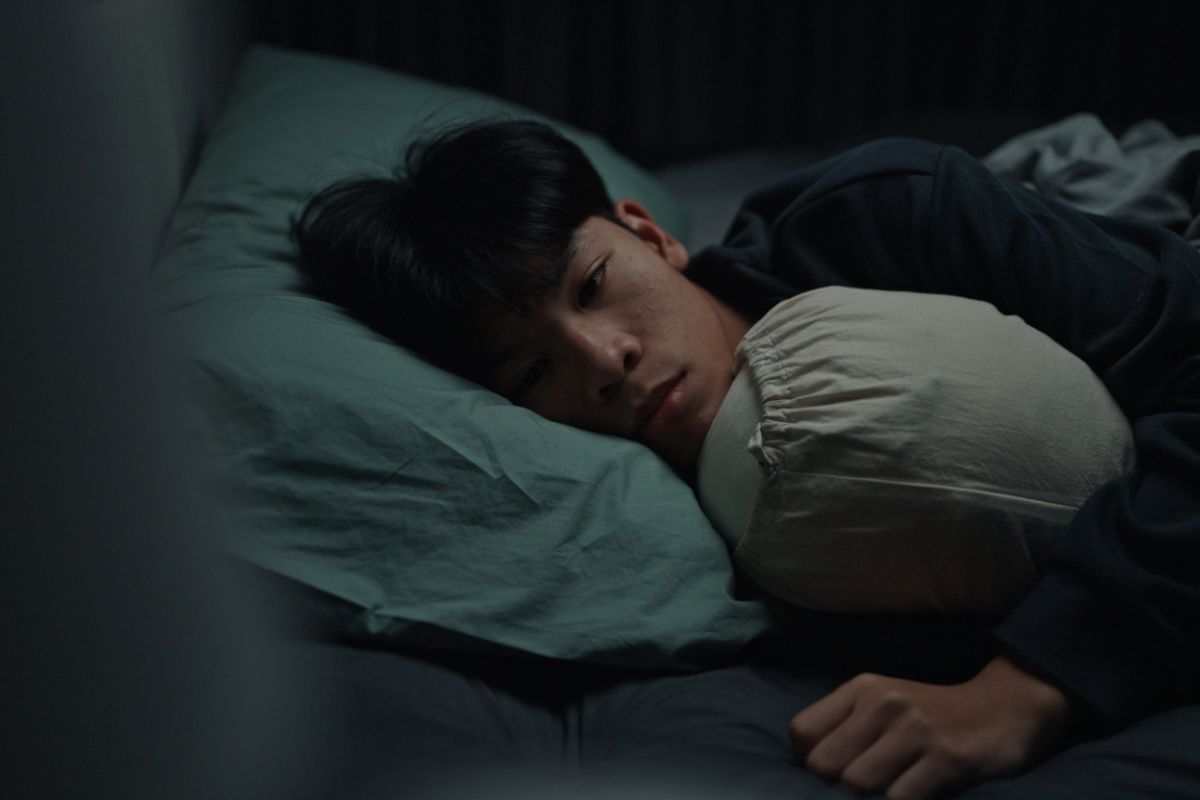Children saddled with chronic illness usually live with the less visible – yet just as heavy – burden of mental suffering. Many of these kids face higher rates of depression, anxiety, or behavioral problems.
A new Canadian study, published in Stress and Health, suggests that something as simple as a hair sample could be the key to better understanding how stress hormones influence their mental-health.
“Living with a chronic illness means facing daily challenges such as taking medications, missing school and adjusting activities, all of which can take a serious emotional toll,” the study’s lead author, Emma Littler, a University of Waterloo PhD candidate, explained in a press release.
A Window Into Chronic Stress
The research team, led by Littler, focused on cortisol. Scientists have been investigating cortisol a lot more of late, with researchers studying saliva, urine, or blood samples. But these tests offer up only glimpses. Hair, which retains cortisol levels for months, offers a more reliable – larger scale – assessment of chronic stress.
The researchers examined hair cortisol concentration (HCC) in 244 children between the ages of 2 and 16 who were part of the long-running Multimorbidity in Children and Youth across the Life-course (MY LIFE) study.
Participants boasted conditions ranging from juvenile arthritis and type 1 diabetes to celiac disease to even cystic fibrosis. Over four years, researchers collected hair samples and asked parents to report on children’s mental-health symptoms, from depression and anxiety to hyperactivity and conduct issues.
Three Stress Profiles Emerge
The children’s cortisol data revealed three distinct patterns:
- 68% – Hypersecretion: Consistently elevated cortisol across the study period.
- 9% – Hyposecretion: Persistently low cortisol levels.
- 23 % – Hyper-to-Hypo: Early elevated cortisol levels that dropped to normal levels within the first year.
Children in the hypersecretion group showed ongoing exposure to stress, suggesting a system stuck in “high alert.” The hyper-to-hypo group, on the other hand, appeared to adapt over time. Finally, the hyposecretion group displayed chronically low levels, possibly signaling either healthy adjustment or stress-related exhaustion of the stress system.
Stress Trajectories and Mental Health
When researchers compared cortisol patterns with psychological outcomes, the differences were striking. Children in the hyper-to-hypo group had significantly lower internalizing symptoms (like anxiety and depression) and externalizing symptoms (like aggression and rule-breaking) than those in the hypersecretion group.
In other words, stress systems that recalibrated downward over time were linked to better mental-health outcomes.
The hyposecretion group, however, showed no clear differences from the hypersecretion group, leaving open the possibility that both high and low cortisol patterns can be maladaptive depending on the context.
“Our findings suggest that chronically high stress, measured through hair samples, could help identify children with CPI at the highest risk for developing mental health problems,” Littler added. “This opens the door to earlier and more targeted support.”
Age, Gender, and Family Factors
The team also discovered that older children seemed to be less likely to fall into the adaptive hyper-to-hypo trajectory, affirming the vulnerabilities inherent in adolescence. Girls were more likely than boys to be in the hyposecretion group, which muddles earlier findings that hinted that girls usually display heightened cortisol reactivity. The authors theorize that this might reflect greater variability in stress responses among girls.
Family context also seemed to matter. Children whose primary caregiver wasn’t a biological parent showed higher rates of behavioral problems. At the same time, greater disability resulting from their illness revealed a strong link with worse mental-health outcomes.
Why This Matters
The illuminating new research seems to be the first to rely on a person-centered approach in this population. By doing so, the researchers managed to identify subgroups of children whose biological stress responses set them on better (or riskier) paths.
These study results could also open doors to targeted interventions. If clinicians can identify children whose cortisol patterns seem to be at risk, they might intervene earlier with mental-health support. Preliminary research even hints that mindfulness-based programs for children and parents can lower hair cortisol levels, though such interventions are still a work in progress.
Littler suggests that future investigations should examine how age, puberty, and cultural differences influence cortisol trajectories. They should also explore whether interventions can meaningfully alter these stress profiles. The hope is that hair samples could one day serve as an early-warning system for children at risk of mental-health problems.
“Identifying these risk factors early could help doctors and families intervene before emotional and behavioural difficulties take hold,” co-authors Mark Ferro, MD, a professor in Waterloo’s School of Public Health Sciences, said. “Hair cortisol offers a non-invasive, easy-to-collect biomarker that could one day be used to screen children and track whether treatments or support programs are helping to reduce stress.”
Further Reading
The Kids Aren’t All Right. Study Says They Need to Get Outside.
Children Have Something Else To Blame On Their Older Siblings
Surgeon General Advisory: Social Media Poses ‘Profound Risk of Harm’ to Kids



